In recent years, yoga has experienced a tremendous rise in popularity across the globe. Among the countries embracing this ancient practice, South Korea stands out as a nation where yoga is not just a fitness trend but an evolving cultural lifestyle—especially among women. Korean women are redefining how yoga is practiced, blending tradition with modernity, self-care with community, and discipline with grace.
The Rise of Yoga in Korea
Yoga was first introduced in Korea in the late 20th century, but it wasn’t until the early 2000s that it started to gain mainstream attention. Initially practiced by a small group of health-conscious individuals, yoga is now part of the daily routine for many Korean women. Several factors have contributed to its popularity: increasing awareness of mental and physical wellness, social media influence, and the aesthetic ideal of a slim yet strong figure.


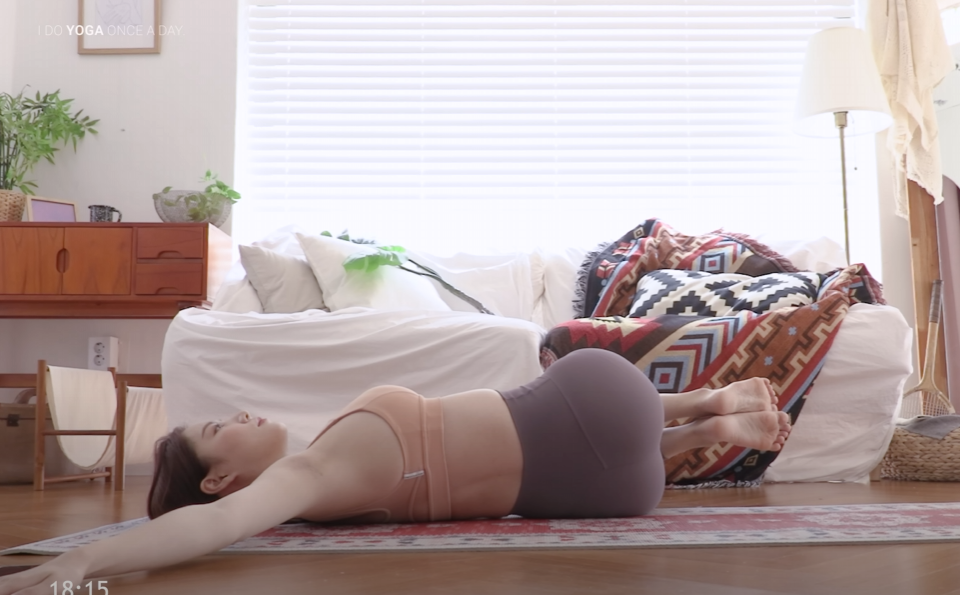
South Korea’s fast-paced urban life can be overwhelming. With long working hours, intense academic competition, and high beauty standards, stress is a common part of daily life. Yoga offers a counterbalance—a way to slow down, breathe, and reconnect with oneself.
Aesthetic and Health Motivations
For many Korean women, the appeal of yoga goes beyond relaxation. The physical benefits—flexibility, toned muscles, better posture, and improved metabolism—align with the country’s beauty ideals. The emphasis on lean and graceful body lines matches yoga’s natural results. Popular yoga styles in Korea, such as Vinyasa, Hatha, and Pilates-inspired yoga, emphasize core strength and flexibility, attracting women looking to sculpt their bodies without extreme workouts.
However, it’s not just about looks. Yoga also helps with posture correction, especially for women who spend long hours at desks or on their phones. Back pain, neck stiffness, and eye fatigue are common complaints that yoga can ease with simple stretches and mindful breathing.
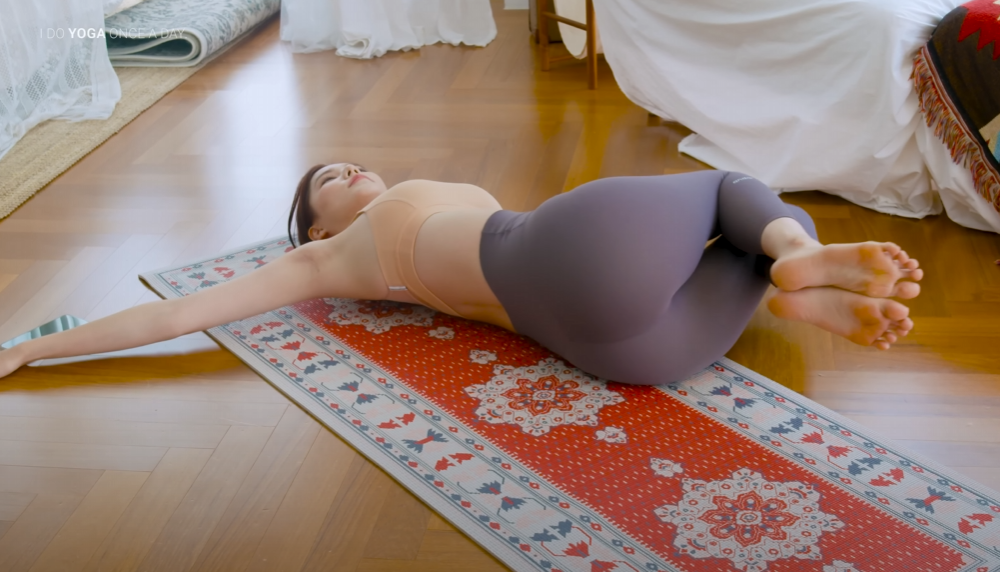
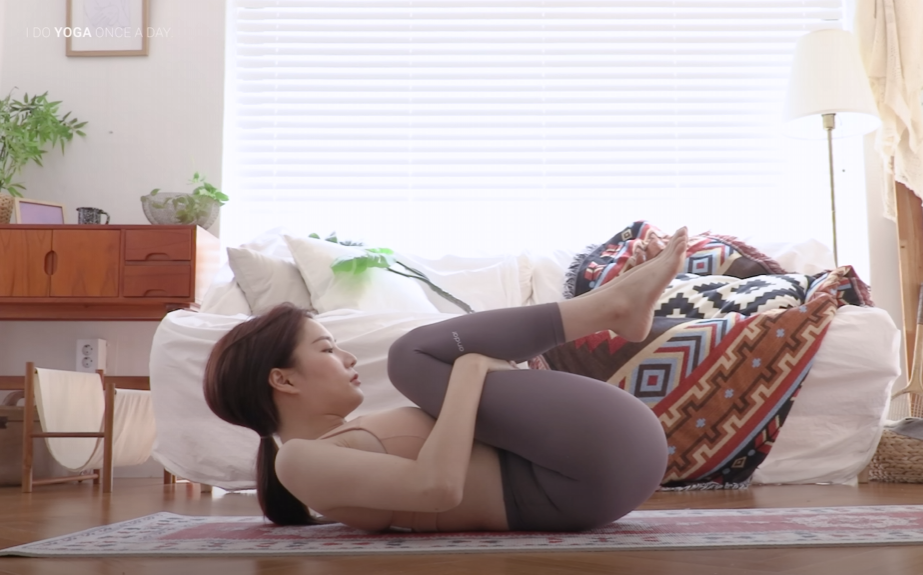
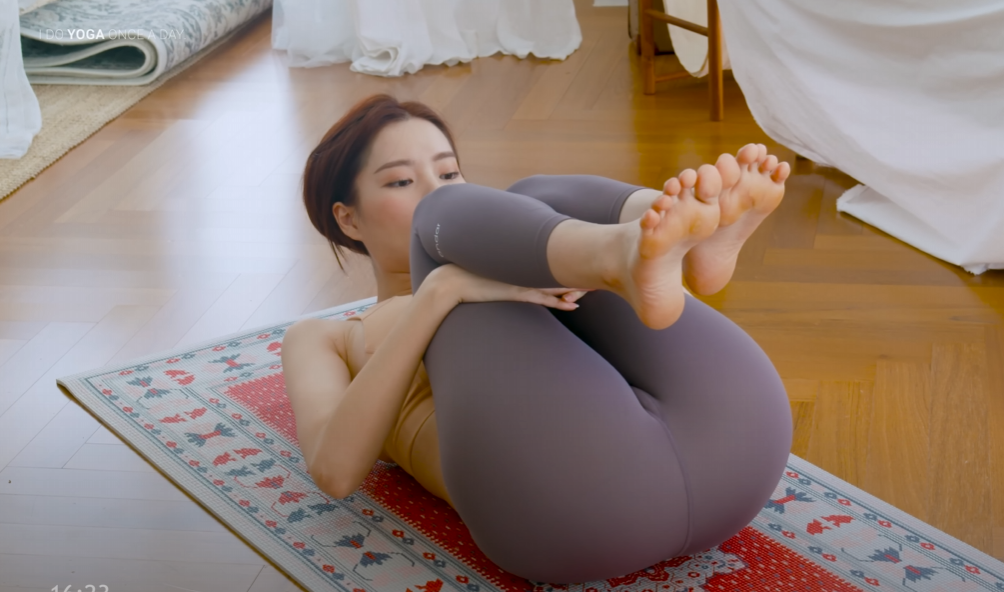
The Role of Mindfulness
Beyond the physical, Korean women are increasingly embracing yoga for its mental health benefits. In a society that often prioritizes outward achievement, yoga offers inward reflection. Through deep breathing, meditation, and focus, yoga provides a sanctuary from the constant pressure of success and appearance.
Mental health discussions have become more open in South Korea in recent years, and yoga is often recommended for stress relief and emotional healing. Some yoga classes incorporate elements of mindfulness, Buddhist meditation, and even aromatherapy to create a holistic healing environment. These practices help reduce anxiety, improve sleep, and enhance emotional stability—benefits that resonate strongly with Korean women juggling work, family, and social expectations.
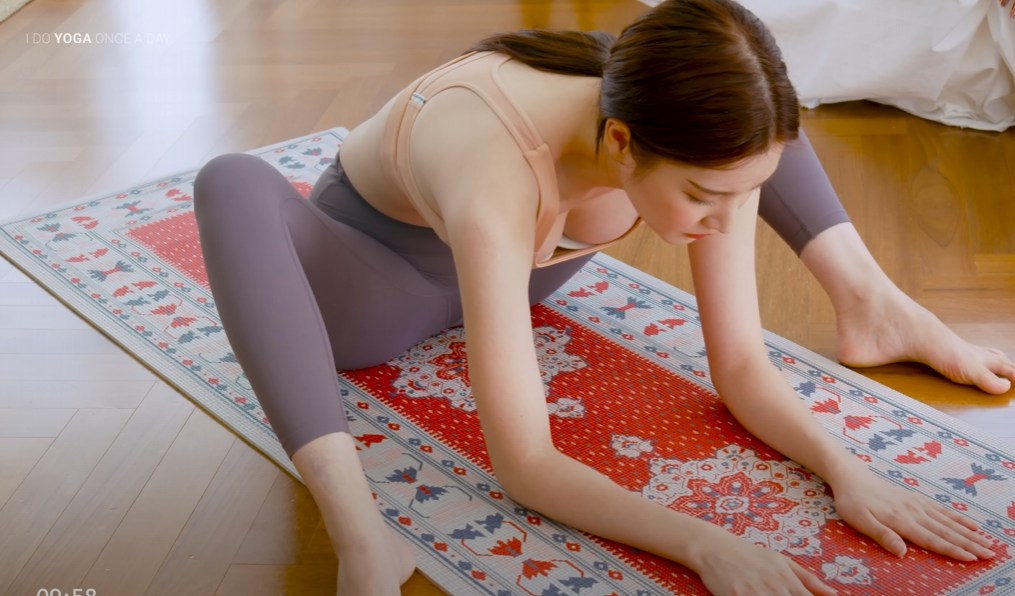
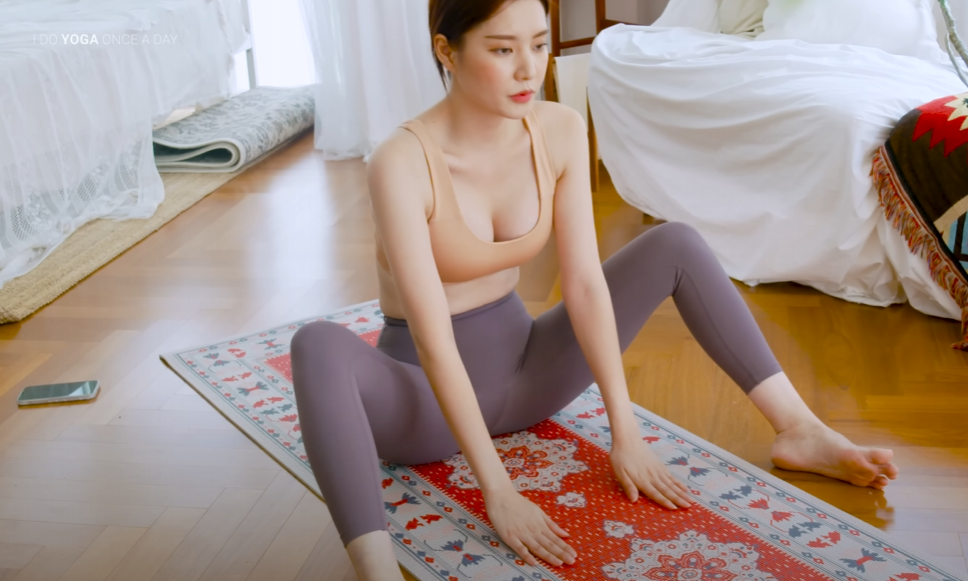
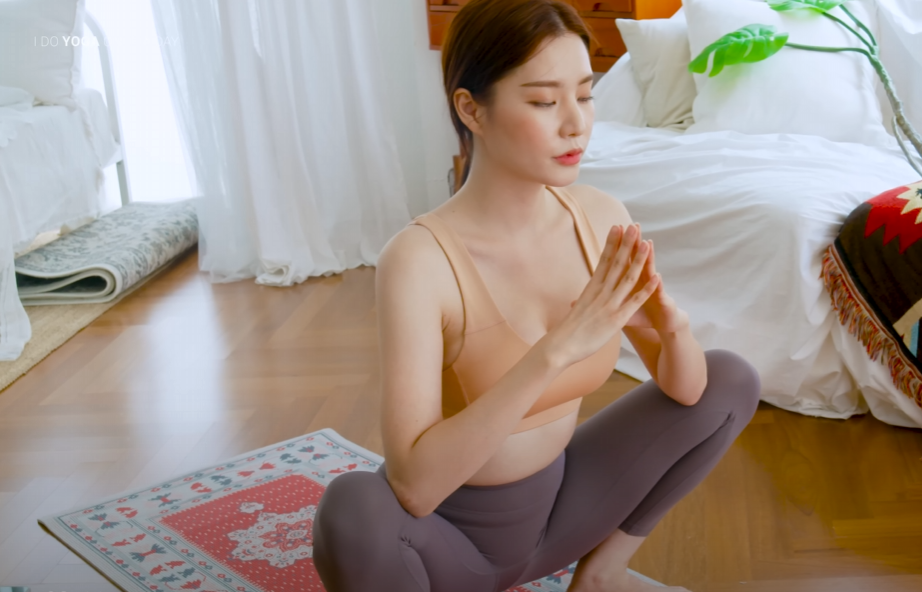
Community and Social Influence
Yoga in Korea has also become a social activity. Women often join classes with friends or meet new people through yoga communities. Instagram and YouTube influencers, especially female yogis, have played a big role in normalizing and popularizing yoga. These influencers share their routines, favorite poses, wellness tips, and even their struggles, creating a sense of authenticity and connection.
Yoga studios in Seoul, Busan, and other major cities offer a variety of specialized classes tailored to different needs—prenatal yoga for expecting mothers, therapeutic yoga for injury recovery, and advanced classes for seasoned practitioners. Some studios even offer outdoor yoga in parks or by the Han River, bringing together hundreds of women to practice under the open sky.
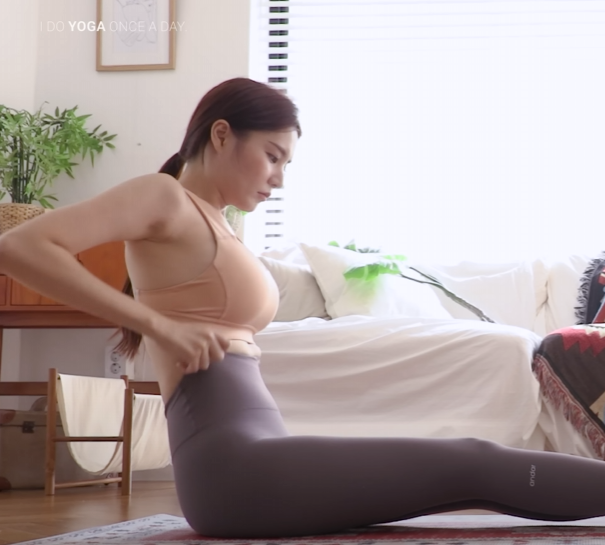
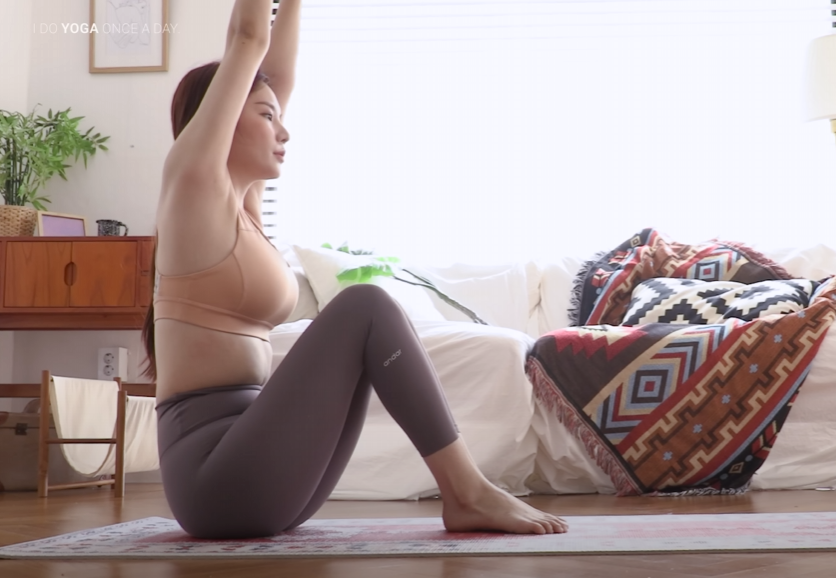
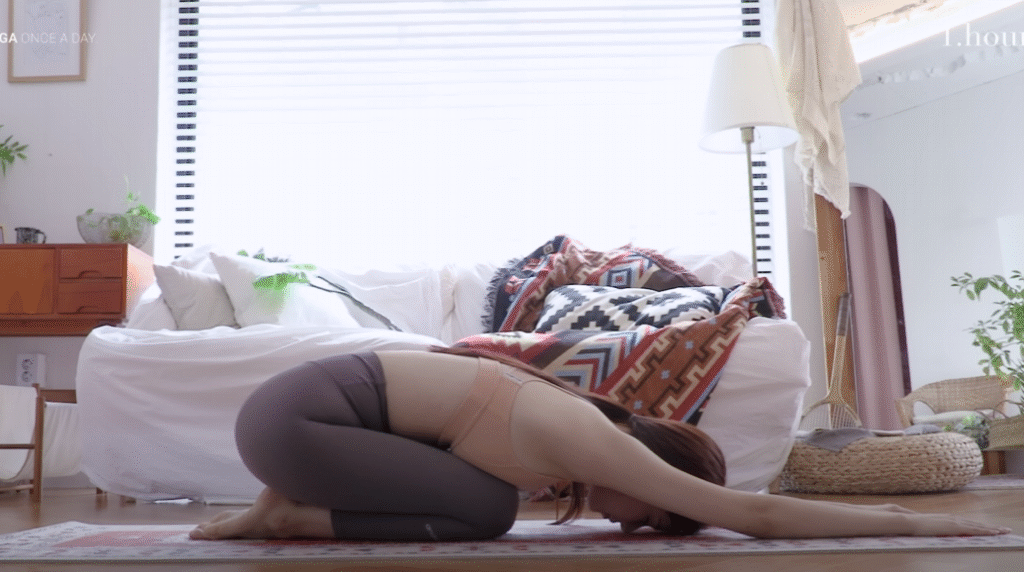

Fashion and Lifestyle
Another unique aspect of Korean women’s yoga culture is fashion. Yoga wear is a booming industry in South Korea, with popular brands like XEXYMIX, Andar, and Mulawoo creating stylish, comfortable, and functional apparel. These brands not only offer yoga outfits but promote a complete lifestyle—one that encourages balance, wellness, and elegance.
For Korean women, wearing yoga clothes is often not limited to class. Athleisure has become a common fashion choice for casual outings, especially among younger women. This reflects a shift in values—comfort, health, and authenticity are becoming more desirable than rigid formality.
Cultural Blending and Innovation
What sets Korean yoga apart is how it blends global yoga traditions with local culture. Some studios incorporate K-pop music into sessions, offering a modern twist that appeals to younger women. Others mix yoga with traditional Korean wellness practices like hanbang (herbal medicine) or jjimjilbang (Korean sauna) rituals for a full-body and soul rejuvenation.
Korean women are also innovating yoga spaces. From minimalist, Instagram-worthy studios with wood and stone interiors to rooftop sessions overlooking the city, yoga in Korea is as much an aesthetic experience as it is a physical one.
Yoga for Every Stage of Life
Women of all ages in Korea are turning to yoga, each group finding something uniquely beneficial. Young professionals use it as a stress reliever and fitness routine. Mothers find it helpful during pregnancy and postpartum recovery. Middle-aged women practice yoga to maintain flexibility, hormonal balance, and inner peace.
This inclusiveness is reflected in the types of classes available. Prenatal yoga supports mothers-to-be in preparing their bodies for childbirth. Restorative yoga helps older women manage menopause symptoms. Power yoga appeals to energetic young adults. Each phase of a woman’s life finds support and strength through the practice.
Challenges and Evolving Perceptions
Despite the growing popularity, challenges remain. Yoga is still sometimes seen as a luxury hobby rather than a necessary health practice. Classes can be expensive, and access in rural areas is limited. There is also a tendency to focus heavily on the physical aspects, sometimes neglecting the deeper spiritual or philosophical roots of yoga.
However, this is changing. More instructors are gaining international certifications and introducing deeper elements of yoga philosophy. Women are also becoming more informed and intentional about their practice, seeking not just a workout, but a way of life.
Conclusion: A Path Toward Wholeness
Korean women’s journey with yoga is one of empowerment and self-care. Through the practice of yoga, they are learning to listen to their bodies, manage their minds, and reclaim time for themselves. In a world that often demands perfection and constant productivity, yoga offers a reminder to pause, breathe, and simply be.
As yoga continues to grow in popularity, it will likely evolve even further in Korea—shaped by the creativity, resilience, and grace of the women who practice it. Whether in a high-rise studio in Seoul, a quiet neighborhood gym, or a home mat in a small town, yoga is helping Korean women connect to their strength—not just physical, but emotional, mental, and spiritual.



